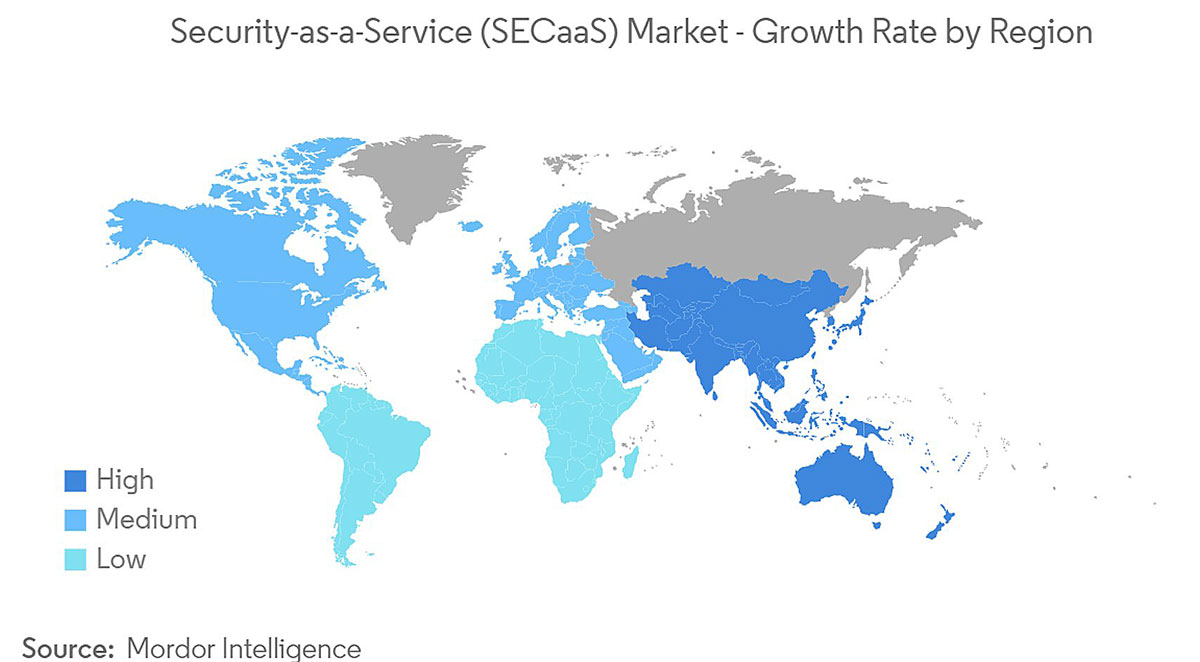Security-as-a-Service (SECaaS) is a cloud-based method of outsourcing your cybersecurity which can cover data protection, web/app security, database, storage security and general network security. All of these can help an organization combat network threats, such as malware and botnets.
SECaaS is an increasingly popular data security solution for corporations because it is easier to scale as the business grows. It also makes it possible to circumvent the expense of establishing an elaborate on-premises security architecture.

Benefits of Security-as-a-Service (SECaaS)
Cost savings
Because you are subscribing to a cloud-based service, you can choose the subscription tier that fits your needs. In this way, you avoid overspending on security services that carry little or no benefit for your organization.Access to security experts
With SECaaS, you get experienced, knowledgeable security experts, whereas if you use your in-house team, they may lack specific knowledge or be stretched so thin with other initiatives that they cannot focus on cybersecurity the way you need them to.Latest security tools and updates
With a subscription to a SECaaS provider, you do not have to worry about whether you have the most recent tools and updates because the provider constantly installs the most recent iterations of security software. In addition, if a new tool appears on the landscape, they are more likely to be aware of it than an internal cybersecurity team.Faster provisioning
With a SECaaS offering, you can scale up or down quickly, deploying security measures according to your needs at will. You simply tell the provider which security services you need, and they can roll them out.Simpler in-house management
With SECaaS, you can manage who has access to which areas of your network and which applications. This way, people can be limited to using only what they need to do their jobs.Free up resources
With SECaaS in place, your IT team, chief information officer (CIO), and chief technology officer (CTO) can focus on meeting other organizational objectives. The day-to-day management of cybersecurity events and protective measures is taken off your hands, giving your tech professionals more time to help the organization grow.Examples of Security-as-a-Service (SECaaS)
Data loss prevention
These include tools designed to monitor, protect, and ensure your data is secure. It includes data that is being stored and data that is in use.Continuous monitoring
With SECaaS, you can continually monitor your network and the security tools that have been implemented.Disaster recovery
In the event of a disaster, SECaaS tools help you get back up and running as soon as possible.Business continuity
Business continuity tools keep business-critical systems running even when there is a disaster or other potential interruption.Identity and Access Management (IAM)
With identity and access management (IAM), you gain full control over who is allowed to interact with your network, as well as the specific areas and applications they have the privileges to use.Encryption
With Encryption, the people who do manage to steal your data or eavesdrop on transmissions get unreadable and useless information—unless they have the encryption key to decipher it.Email security
Email security tools shield your business from email-based attacks like spam, phishing, and attachments with malware embedded.Security assessment
A security assessment examines the security tools you have to make sure they meet industry standards.Network security
Network security encompasses services and tools you can use to manage who is able to access your network and what they do while connected. It also includes monitoring the various services on your networkIntrusion management
Intrusion management identifies potential intruders and then addresses any threats discovered.Web security
With web security, your online applications are protected, preventing any bad actor from using them to compromise either the application or the security of the network that hosts it.Vulnerability scanning
With vulnerability scanning, your IT infrastructure and network is examined to see if there are any entry points or other vulnerabilities that could be exploited by a cyber criminal.Security Information and Event Management (SIEM)
Security information and event management (SIEM) tools collect security event logs. This gives you the opportunity to study them and potentially discover intrusions or other security issues.
